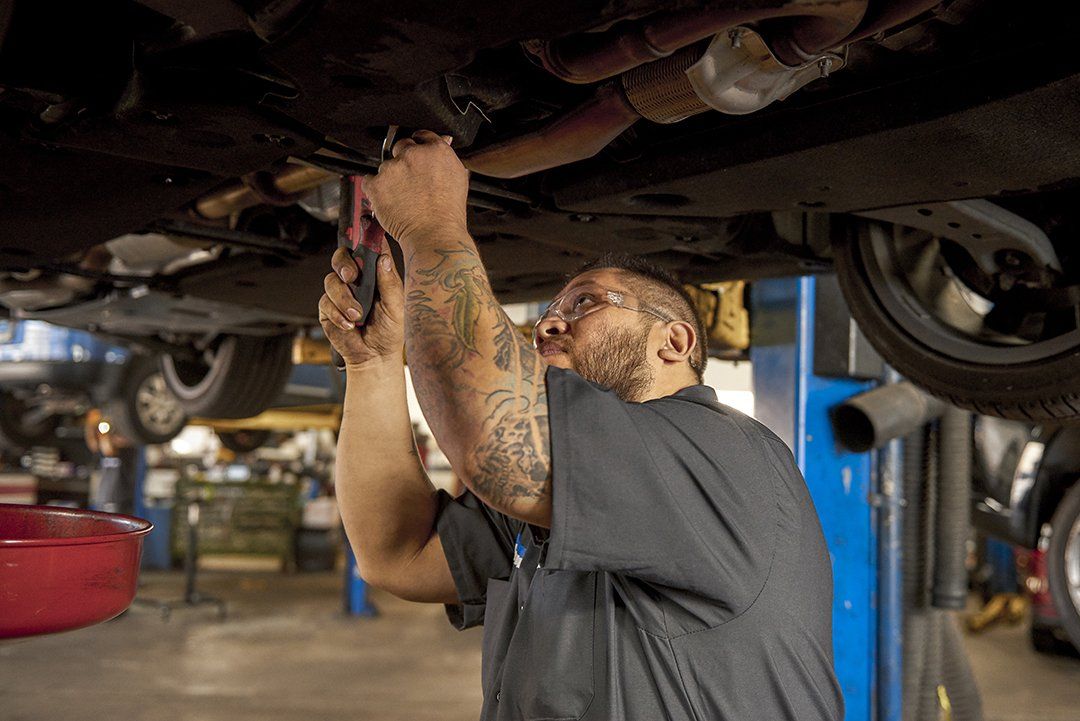Manual transmission systems, also called hand-operated gearboxes or standard transmission, need motorists to by hand choose equipments using a gear stick and operate a clutch pedal. This arrangement provides direct control over the car's power and speed, enabling an extra involved driving experience. The core components of a hand-operated transmission include gears, shafts, and synchronizers, which work together to transmit engine power to the wheels successfully.
In a typical handbook transmission, the vehicle driver uses the clutch pedal to disengage the engine from the transmission, selects the wanted gear making use of the gear stick, and then releases the clutch to re-engage the engine with the new gear ratio. This process allows for accurate control over the car's efficiency, enabling motorists to maximize power delivery for various driving problems. The straight mechanical link in hand-operated transmissions frequently results in far better fuel performance and a more connected feel in between the vehicle driver and the vehicle.

The drivetrain in cars with hands-on transmissions contains several essential parts:
•Clutch: Engages and disengages the engine from the transmission to enable gear modifications.
•Gearbox: Includes a collection of equipments that can be picked to adjust the automobile's rate and torque.
•Driveshaft: Transfers power from the transmission to the differential.
•Differential: Distributes power to the drive wheels while permitting them to revolve at different speeds, specifically during turns.

Understanding these elements is crucial for proper vehicle maintenance and procedure, making certain a smooth and responsive driving experience.
Check for more info at Logan Square Auto Repair - Automatic/Manual Transmission Systems Facebook Youtube Instagram
Latest Posts
Logan Square Vehicle Fixing: Your Clutch Service Specialists
Specialist Brake Repair Work Solutions at Avondale Vehicle Repair Service
Enjoy Savings with Bill Walsh Auto Service Deals Ottawa IL
Navigation
Latest Posts
Logan Square Vehicle Fixing: Your Clutch Service Specialists
Specialist Brake Repair Work Solutions at Avondale Vehicle Repair Service
Enjoy Savings with Bill Walsh Auto Service Deals Ottawa IL